FAQ - Cropping
-
What is regenerative cropping?
Regenerative cropping is an approach to agriculture that focuses on restoring and improving soil health, biodiversity, and ecosystem functions while producing crops sustainably.. Done well it encourages a reduced reliance on chemical inputs and increased reliance on organically derived inputs such as chelated minerals, fulvic/humic acids, seaweed extracts, vermiculture and composts. It encrourages polycultures in place of monocultures and has a strong emphasis on productive farming, with a “do no harm” ethos.
-
Is regen cropping profitable?
It sure can be! Higher yields with lower inputs can make for a very profitable experience. It will not be a quick and simple result, often taking a couple of years to see real profit that is completely attributable to regen. However many farmers see great profit, in many ways from regen cropping. Sometimes it means looking for other means of marketing and selling your grain if you don’t want to grade out various grains, but this is all doable with a bit of support.
-
How is regen cropping different to conventional?
Regenerative cropping emphasizes practices such as minimal soil disturbance (min till), diverse crop rotations, cover cropping, and integrated pest management. Aiming to enhance soil fertility, water retention, and overall ecosystem resilience, regenerative cropping can provide a high ROI, forgoing many high cost inputs.
-
What are some benefits of regen cropping?
Regenerative cropping offers several benefits, including improved soil health, increased water infiltration and retention, enhanced biodiversity, reduced erosion, increased carbon sequestration, and potentially higher crop yields. regenerative practices also offer more space for family time and puts a high emphasis on health of the land ad the farmer. after all, with no farmer, there is no crop.
-
What are some common reegn cropping practices?
Common regenerative cropping practices in Australia include no-till or minimal tillage, multi species crops, cover cropping, integrated weed and pest management. Biostimulants and soil chemistry amendments are often used to bolster soil health. Soil and tissue samples are also highly valued.
-
How does regen cropping help with soil health?
Regenerative cropping practices help build soil organic matter, improve soil structure, increase microbial activity, and enhance nutrient cycling, resulting in healthier and more productive soils over time. Biostimulants are often used to speed this process and some products also add to the chemistry of soil health Converte is an example of an off the shelf product company that is very helpful for building soil health.
-
Are there government incentives to regen cropping?
Depending on the region, there may be government grants, subsidies, or programs available to support farmers transitioning to regenerative cropping. Local agricultural extension services or government websites can provide more information. Carbon benchmarking is becoming more important and will one day be a viability measure for bank loans, so have healthy crops that sequestere carbon is a must for future proofing your bank loans.
-
How I need special equipment to statr regen cropping?
Nope! Regenerative cropping can be implemented with existing farm equipment, although some modifications or additions might be handy. Precision ag technologies, such as soil moisture sensors or variable rate application systems, can assist in optimizing inputs and monitoring soil conditions. But in general you most likely have everything you need in your shed.
-
How long is the transition into reegn cropping?
The transition into fully regenerative practices is never ending, we can always do better than last year. However, to start to see real change and profit, it is often a three year slog, with the first year seeming great, then the second and third a bit harder. It can years to restore a farm to balanced, healthy soils, but regen is about doing better than before.
-
What is the "Valley of Despair"?
There are a few phrases for it, but essentially it refers to the hard years that come when you seem to have been doing so well. This can be caused by many things and is felt by almost every farmer that makes a change. In this time it is important to have people around you that have been through it, or can advise you how to push on. I offer a group of regen farmers as support. Email me to find out more.
-
Can I sell a multi-species crop like a conventional crop?
Yes. Many seed cleaners will offer to clean out your various types of grain. It can still be very profitable. However keeping it as a mix can be very profitable as well. Many dairies, feed lots, and other regen farmers are looking for healthy multi-species mixes. This is where being bold and diligent in pursuing other markets can pay off.
